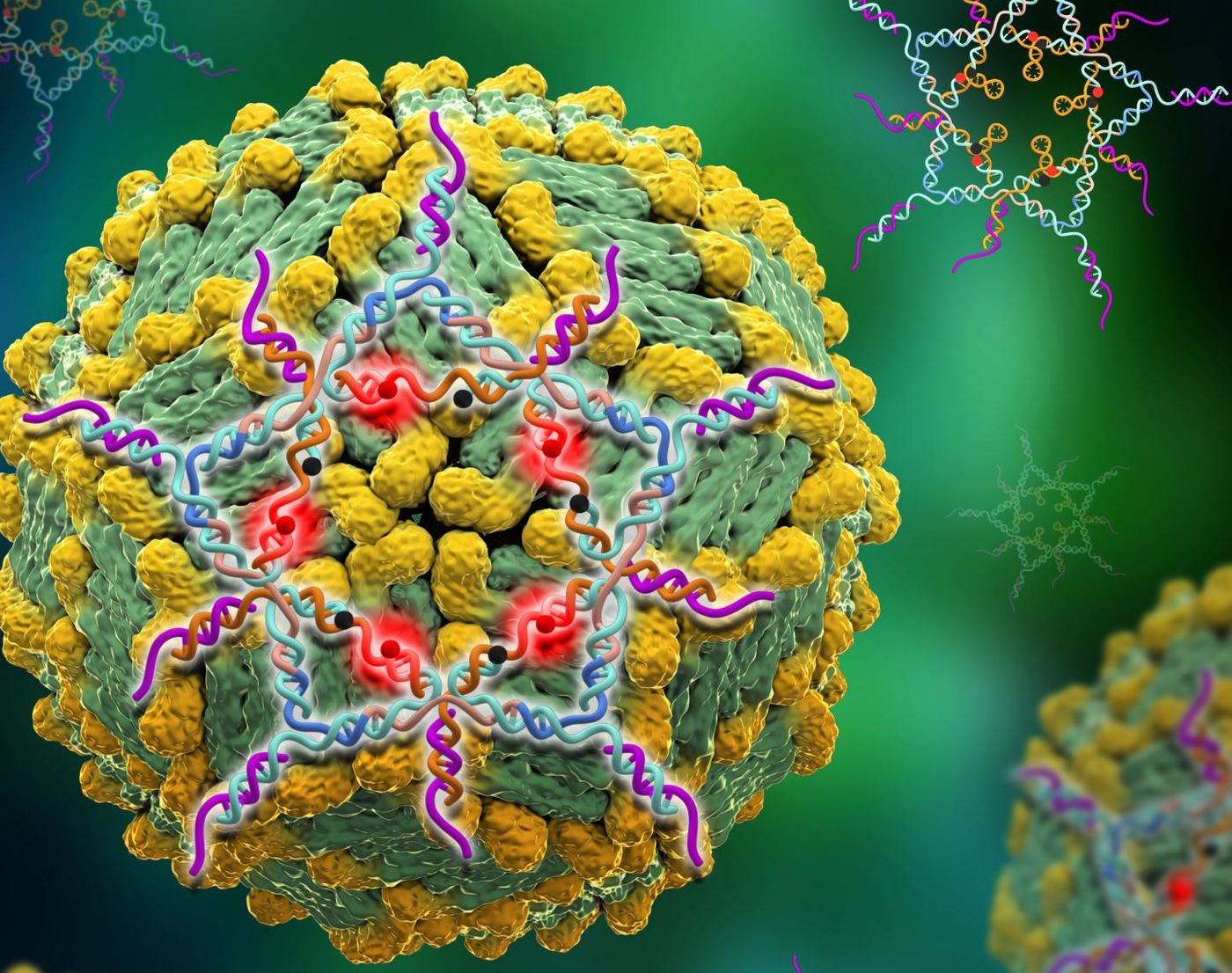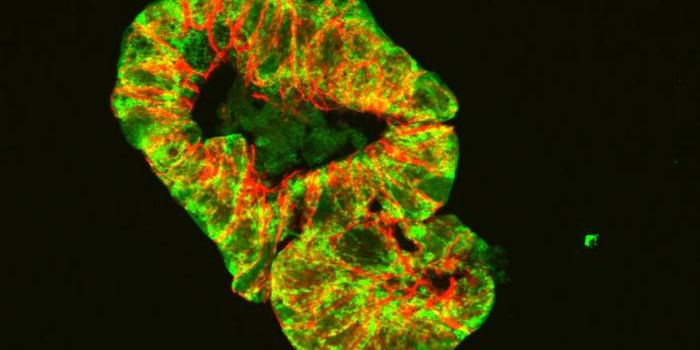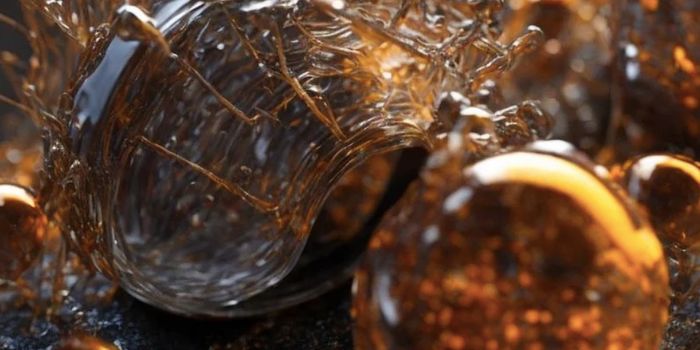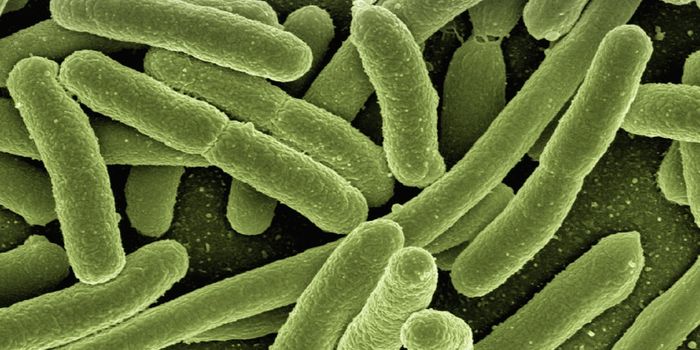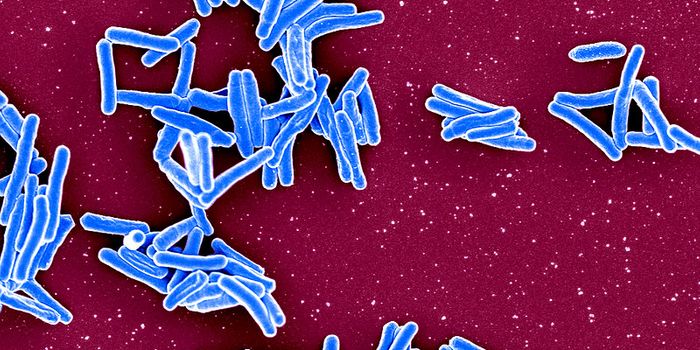A DNA Star That Can Detect Dengue Virus
Like origami paper, DNA molecules can be folded and arranged into complex three-dimensional structures. Scientists were able to structurally engineer DNA to create a five-pointed star that can trap viruses like Dengue fever as they float in the bloodstream. These virus traps are non-toxic, are naturally expelled from the body, and once the virus is caught, the trap lights up, so it also acts as a sensitive test for the disease. This work, which has been reported in Nature Chemistry, may also be used in the future to diagnose other viral diseases.
"This is more sensitive than any other way of detecting Dengue, beating the clinical test by more than 100 fold," said the corresponding author of the study, Xing Wang, who was an assistant professor of chemistry and member of the Center for Biotechnology and Interdisciplinary Studies (CBIS) at Rensselaer Polytechnic Institute when the work was conducted. "The binding is tight and the specificity is high, enabling us to distinguish the presence of Dengue on the first day of infection."
Viruses have to use host cells; during an infection, a virus will latch onto a cell and transfer its genetic code to that host, where the genetic material from the virus will take over and generate more viral particles. Traps can take advantage of this process by attracting viruses to latch onto them instead of using a host cell. Previous work by Rensselaer chemist Robert Linhardt and Rensselaer chemical engineer Jonathan Dordick showed that a synthetic polymer could bind to an influenza virus. The trap caught the flu virus before it linked to host cells and reduced influenza A-induced mortality from 100 to 25 percent over fourteen days in a mouse model. (The polymer used in this proof-of-concept study was expected to be too toxic for use in humans, however.)
A non-toxic alternative was found with DNA. Strands of the molecule can be customized and arranged into various shapes, including a new trap, noted Wang. Dengue virus carries multiple binding points on its spherical surface. The team decided to design a 'DNA star' to match with as many latch points as possible.
"You could overlay the star onto the virus and target a whole hemisphere of the sphere precisely," said Wang, now at the University of Illinois at Urbana-Champaign. "All the ligands that would target the antigens of this virus would overlay perfectly with a DNA star. If we were only able to make a connection in one place it would be a weak binder, but with ten aptamers connecting the virus to the star, we have a tight hold on the target." After the star binds to a virus particle, it emits fluorescence that can be easily seen in a blood test.
"Using designer DNA nanoarchitecture as a diagnostic is a first step. The next step would be to kill the virus once it's bound. This can also be done by using a DNA origami nanoplatform, showing an even better biostability, to reconstruct a DNA star shape of aptamers," said Linhardt. "This is the first time people have used DNA nanostructure this way, but the technology is broad, and we can expect to see it used in many other applications."
Sources: AAAS/Eurekalert! via RPI, Nature Chemistry
